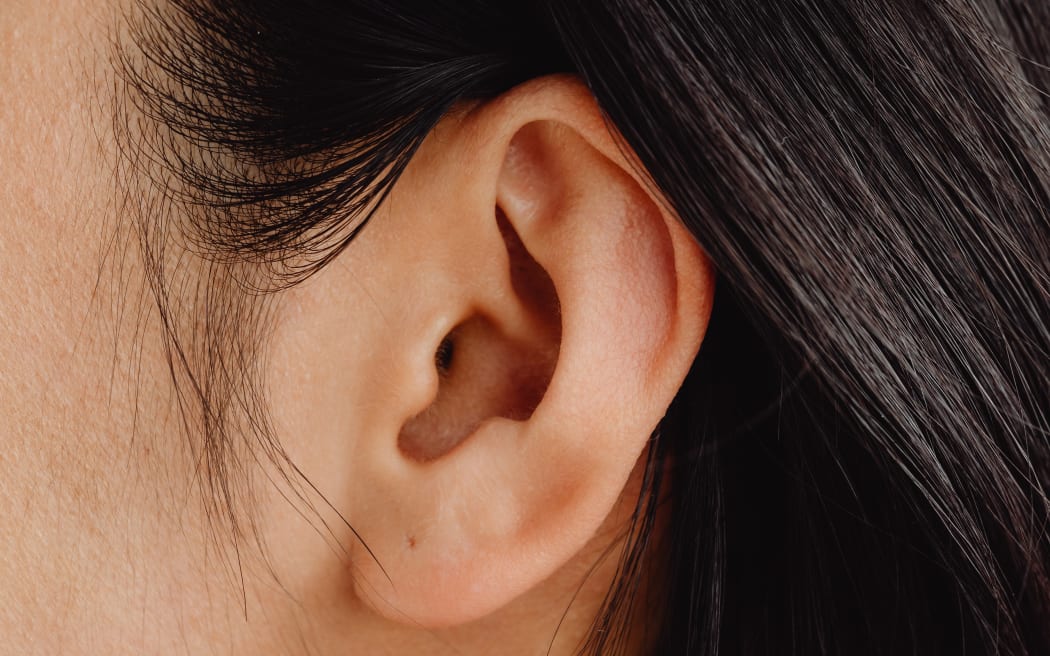Ears are so distinctive they are as effective as DNA or fingerprints in identifying someone, according to a new study.
The research in conjunction with Australia's La Trobe University, studied the appearance of more than 2200 ears from six countries.
So what are the implications and possible uses? La Trobe University forensics researcher Dr Sudheer B Balla told Checkpoint ears were useful to identify people as they were not changed with facial expressions and emotions and were less affected by make-up.
"They are relatively larger in size when compared to other biometrics like fingerprints and retina and they can be seen from a large distance and they can be easily captured by CCTV footage.
"Research has already proved that it is a unique identifier for individuals."
Balla said the probability of two individuals having the same type of ear was 0.007; "That means that the accuracy of uniqueness is very high. Ears are very unique for each person".
Even close family members such as twins had different ears, he said.
"The research findings on identical twins have already found that two twins do have similar ears, but not totally identical ears - that is really fascinating.
"If you have your family members next to you, just have a look at their ears ... two persons from the same family who are sharing the totally identical genetic make-up - their ears are extremely totally different."
In theory, where a clear image of someone's ear was available, Balla said identity could be confirmed from the shape of their ear by a forensics investigator.

Your ears are so unique, they could help authorities find you or confirm your identity Photo: Karolina Grabowska / Pexels
However in practice: "Finding CCTV footage with the profile image of the suspect is really challenging".
And of course hats, and long hair could cover ears - though Balla said even partly obscured ears could still often provide enough information to confirm an identity.
Identification of bodies and victim identification were areas the knowledge was useful.
"In Spain they have a separate data base on ears, and in some cases, for example criminal cases where there is no other evidence available like fingerprints and they have CCTV footage showing the profile images of the ears - there are some cases that happened in England or also in Spain where they used ears to identify the suspects."

